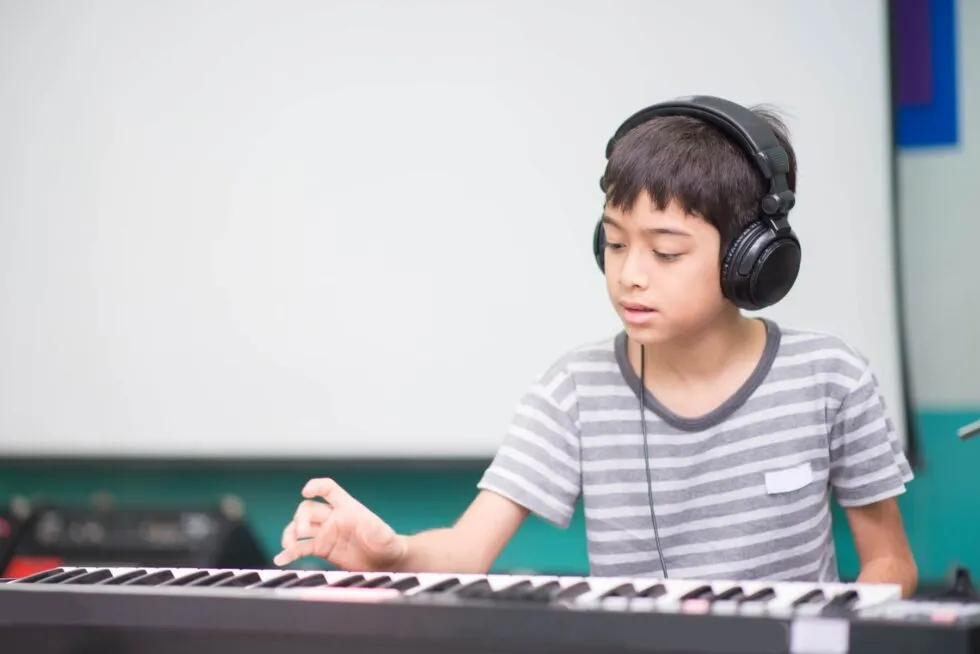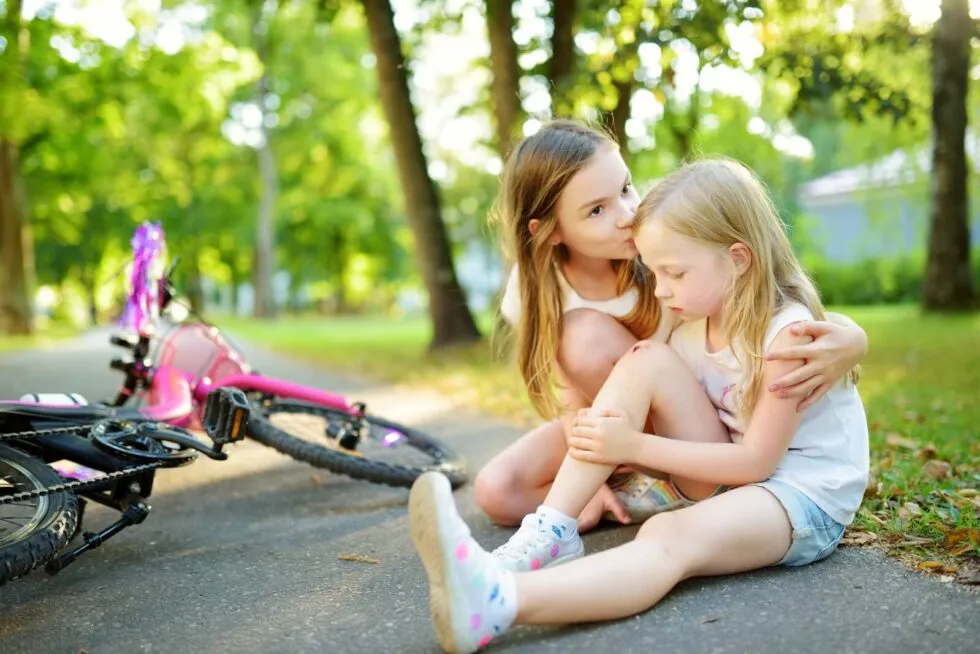Helping children develop ways to manage feelings of anger involves helping them understand their triggers, find calm down strategies and coping skills, and express their feelings in healthy and appropriate way. Parents can also help their kids by modeling constructive behaviors and trying to better understand why their child is experiencing difficult emotions.
1. Recognizing Triggers
The first step in teaching kids to tame their temper is understanding what makes them feel angry in the first place. Having knowledge of potential triggers is empowering for kids and the people close to them. Parents and teachers can use this information to help set up kids for success managing their triggers. For example, adults can set timers to give kids advance warning before transitions that are triggering, or they can help kids break down triggering tasks into smaller, more manageable chunks.
2. Calming Strategies
Kids can learn many emotional regulation skills and relaxation techniques to manage overwhelming feelings such as anger. Some kids have a designated cool down area where they can take a break with access to calming objects and activities such as a stuffed animal, stress ball, or a calming glitter jar. Others might benefit from activities that facilitate a physical release of emotion, like deep touch pressure, deep breaths, or going for a walk. Children who work to identify their anger triggers may eventually find that they can sense frustration building and use an anger management strategy before having a tantrum, lashing out, or shutting down.
3. Expressing Feelings
Anger is a heavy emotion. Talking through angry feelings with a parent or trusted adult after calming down can provide needed emotional release. It also gives kids an opportunity to reflect on where the anger came from and what to do about it. Try to listen non-judgmentally and let your child know what you heard so they feel understood. Parents can also ask open ended-questions to find out if there’s anything more going on that is contributing to their child’s anger. Children’s literature is another great tool for helping kids open up about their feelings. Story books with fun characters who learn appropriate ways to express anger can help kids feel validated and learn better ways to handle themselves.
4. Responding to Problem Behavior
Parents can also learn effective ways to respond to their child’s angry outbursts and aggressive behavior. It is important for children to understand that feeling angry is okay, but behaving aggressively or disrespectfully is not. Sometimes a child’s behavior can be corrected with a calming cooldown activity or brief time out.
Discussing your expectations and consistently implementing both positive consequences (praise and privileges) and negative consequences (loss of privileges and restitution) are healthy ways to teach kids boundaries. Learning the warning signs of meltdowns and finding appropriate ways to manage anger are important problem-solving tools for children and their parents.
5. Seeking Professional Guidance
Kids who continue to struggle with anger management might be in need of additional support from a professional. You can talk with your child’s pediatrician or school counselor for guidance. An evaluation may be recommended to better understand what’s going on and how to best address the issue. Being proactive and helping kids to manage their anger is a worthwhile journey.

















